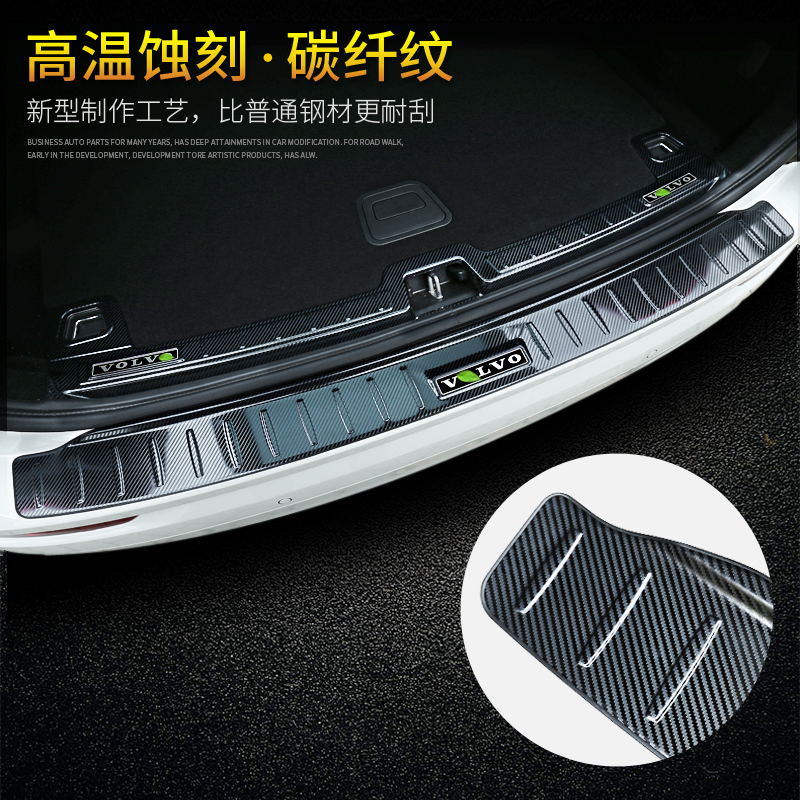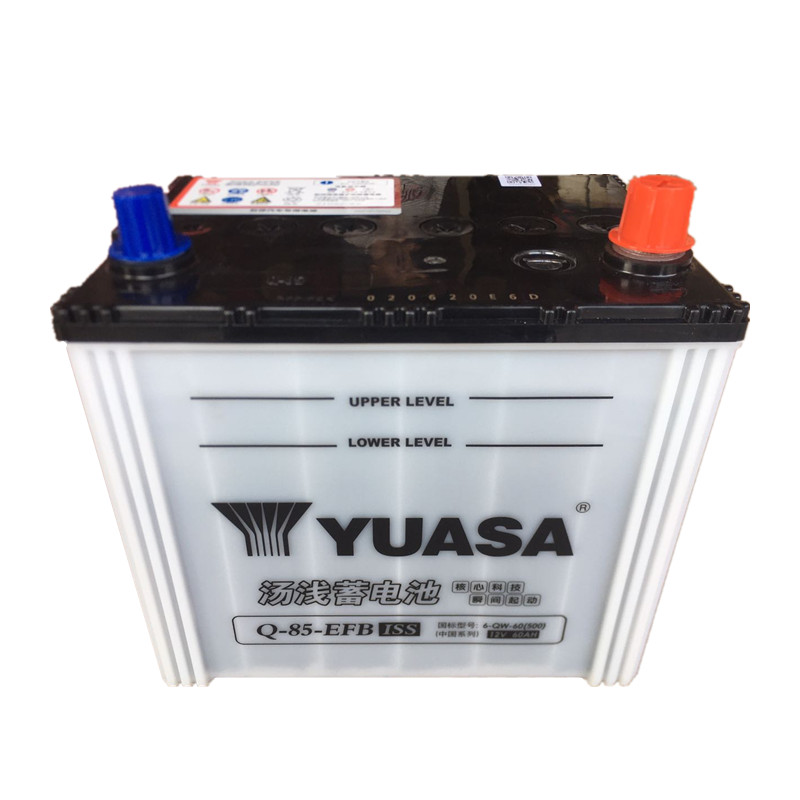
地址:联系地址联系地址联系地址
电话:020-123456789
传真:020-123456789
邮箱:admin@aa.com
NASA again called off a launch of its mega moon rocket on Saturday, citing a stubborn fuel leak at the base of the rocket that couldn't be stemmed after several attempts to seal it off.
Artemis I launch director Charlie Blackwell-Thompson canceled the launch in Cape Canaveral, Florida, with about 2.5 hours remaining on the countdown clock.
The launch attempt on Saturday was NASA's second try to get the Space Launch System, the most powerful rocket ever built, and the new Orion spacecraft off the ground. During the agency's first attempt Monday, Aug. 29, the team unexpectedly encountered several issues, including an engine that appeared not to be chilling properly.
It's unclear whether the space agency will try again by Tuesday or roll the rocket back to its enormous hangar, the Vehicle Assembly Building (VAB), for inspections or repairs. Leaving the launchpad now would mean no flight around the moon until October at the earliest, said NASA administrator Bill Nelson. Mission managers will meet Saturday afternoon to decide next steps.
"We'll go when it's ready," Nelson said.
Tweet may have been deleted
Following the first so-called "scrubbed" launch, mission managers decided to give it another go during the Labor Day weekend. Tourism officials estimated earlier in the week the scheduled launch could draw upward of 200,000 visitors to the area. NASA investigated the engine issue over the days following the first launch attempt and felt confident the problem was an inaccurate sensor in the rocket, not inadequately cooled fuel.
A "scrub" is aeronautics-speak for a waved off spaceflight. In theory, NASA can call off a launch right down to ignition for foul weather, temperature, mechanical failures, or a litany of other reasons. A Space Shuttle launch was once rescheduled because a woodpecker poked over 200 holes in an external fuel tank.
Want more scienceand tech news delivered straight to your inbox? Sign up for Mashable's Top Stories newslettertoday.
The launch team encountered a liquid hydrogen leak in a line near the connection between the core stage of the rocket and the ground system at about 7:30 a.m. ET Saturday. Engineers used a few different techniques to try to warm the line, hoping the gap would reseal. But after 3.5 hours of troubleshooting the problem and the leak persisting, they decided to quit.
Tweet may have been deleted
Artemis I is expected to be the first deep spaceflight of a capsule built for astronauts in about 50 years. According to the plan, Orion will travel more than a quarter-million miles from Earth, including an extra 40,000-mile swing past the moon, on a looping journey to test various orbits.
The space agency had planned to recover Orion from the Pacific Ocean on Oct. 11, a little over five weeks later, but only after the spacecraft trekked a total of 1.3 million miles. NASA hopes to one day use the rocket and spacecraft for astronaut-led missions to the moon and perhaps eventually Mars.
No one was inside the capsule this time, but a successful uncrewed test flight would clear the way for passengers aboard the ship on the next mission, according to NASA.
Victor Glover, a NASA astronaut whose own launch to the International Space Station was scrubbed once in 2020, said the issues with the new rocket don't faze him. The fact that launch controllers didn't force the spaceflight under the circumstances gives him confidence in the team.
When discussing today's launch attempt, Glover said, "I try to focus it not on that hardware failure, but on the success of the team making the call to scrub," he told Mashable. "My family and I have been in contact. I told them, 'Hey, we'll try again. We'll go when it's ready.'"
Leaks like the one experienced Saturday are common during the fueling process of a large rocket. In fact, engineers were able to overcome one during the previous launch attempt Monday in a different location of the core stage.
Related Stories
- At NASA, some dread the mega moon rocket returning to its hangar
- Meet the badass woman running NASA's megarocket launch to the moon
- 6 things to know about NASA's moon-bound megarocket
- The unusual things NASA's moon-bound spaceship is carrying
- Why NASA's mega moon rocket still hasn't left Earth
Tweet may have been deleted
Liquid hydrogen has been NASA's fuel of choicefor decades because it has the lowest molecular weight in existence. That's ideal for keeping the tanks light for traveling in space. It also happens to burn with extreme intensity.
But those teensy molecules are hard to wrangle, seeking out any crevice or crack to escape. The super-cold temperature of the fuel can cause the materials to contract and shrink, leaving minuscule gaps.
Prior to Saturday's attempt, Jeremy Parsons, deputy manager of exploration ground systems at Kennedy Space Center, was cautiously optimistic about a successful liftoff. If not Saturday, he believed the space agency would be successful by Tuesday, the end of the launch window for a few weeks.
"If the conditions with weather and the hardware align, we'll absolutely go, and we have the right team at kind of the right time," he said during a news briefing on Friday. "Those probabilities go way up if we get two attempts [to lift] off before the end of this window."
If mission managers decided to haul the rocket back to the hangar, though, that causes new concerns for NASA. Every time the team moves the Statue of Liberty-size tower, there's a risk for potential damage to billions of dollars-worth of hardware.
"The big thing we want to avoid is rollbacks to the VAB," John Honeycutt, SLS program manager, said Thursday. "Those are the things that Dr. [John] Blevins, [SLS chief engineer], has told me will put more stress on the vehicle than anything else."
地址:联系地址联系地址联系地址
电话:020-123456789
传真:020-123456789
邮箱:admin@aa.com
0.0619



